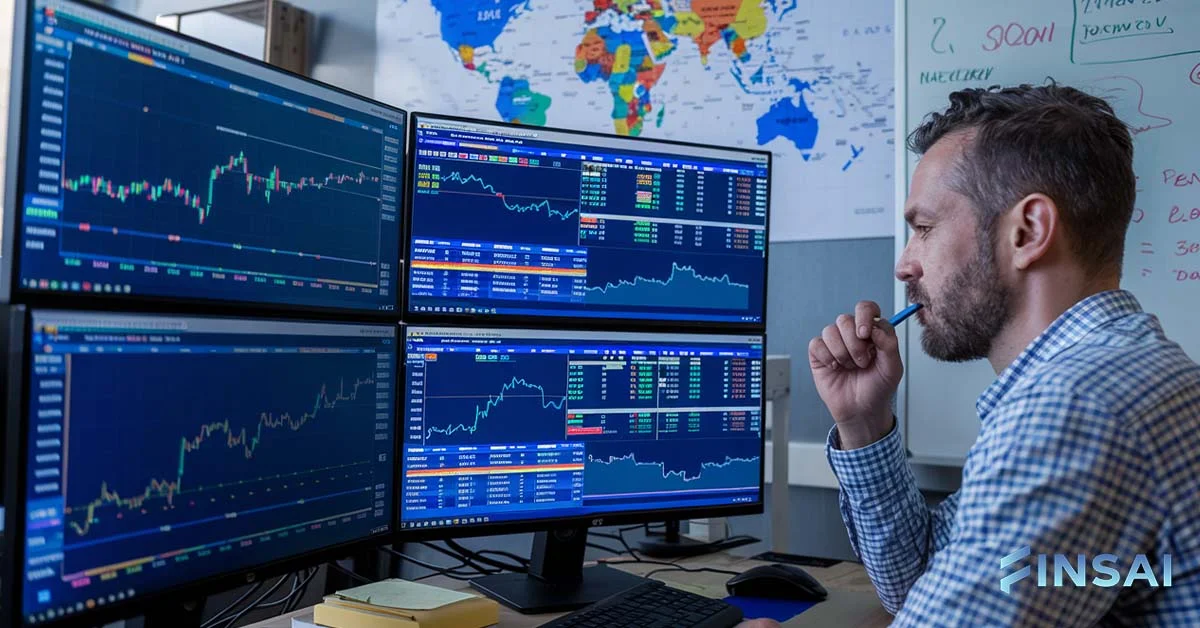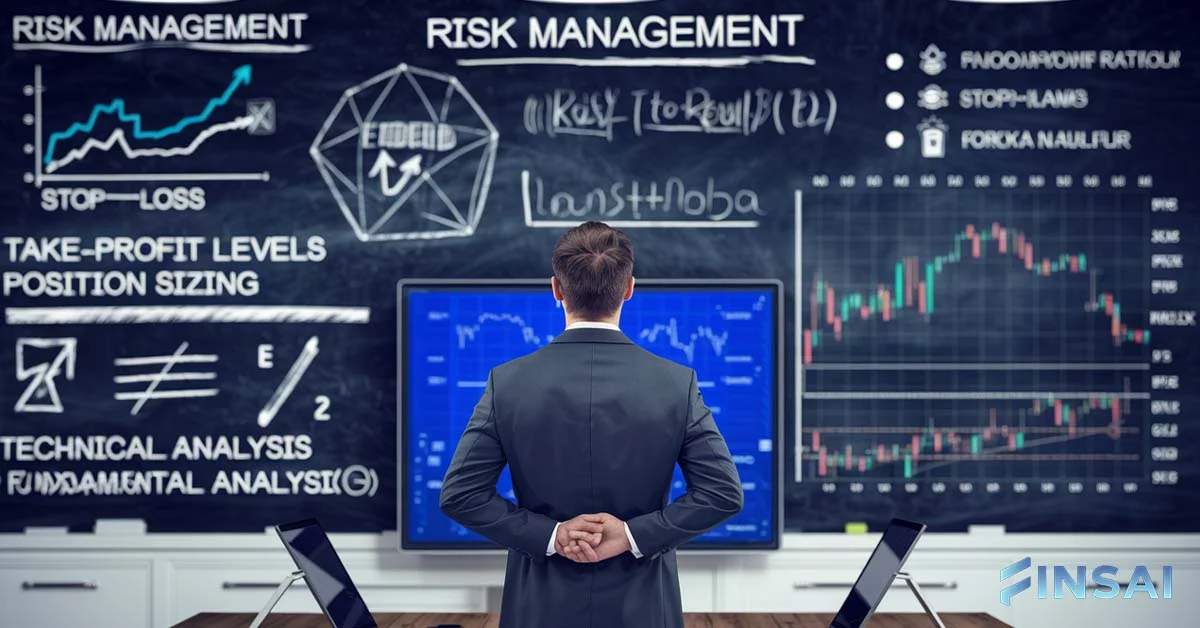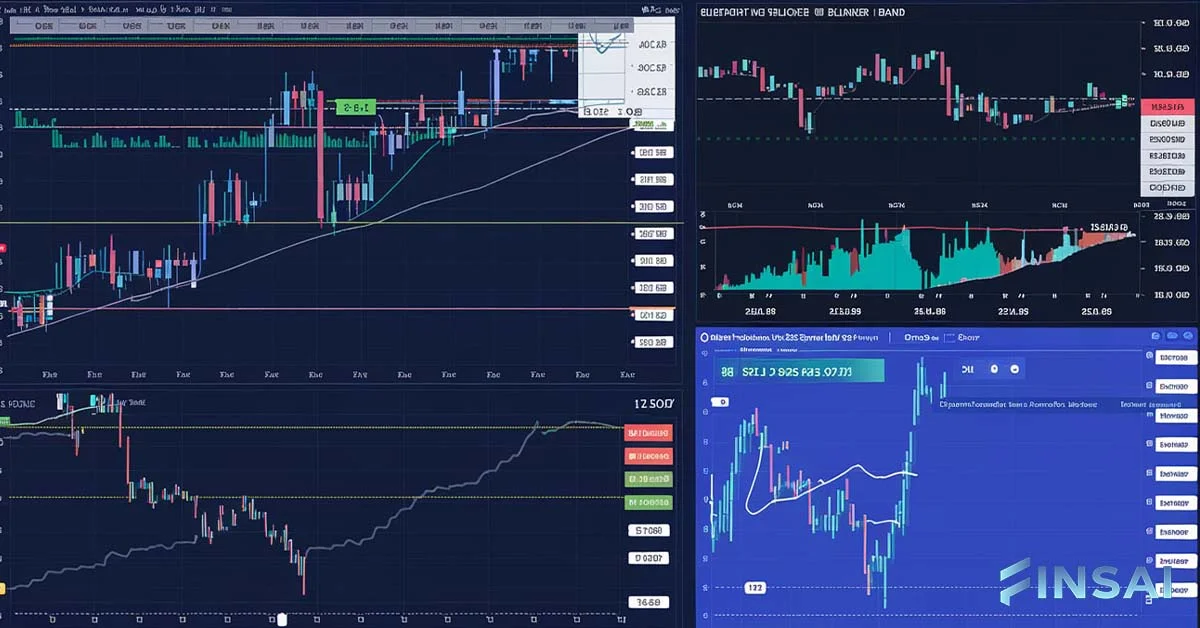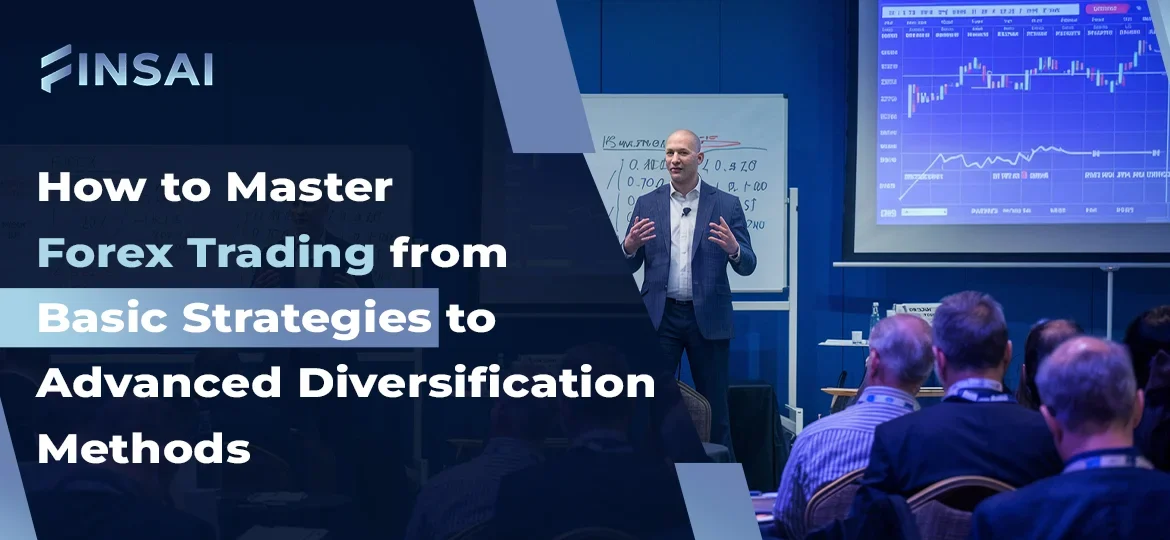With the rising global inflation, one should not depend on their savings and property investments. Trading, particularly forex trading, could be a good option. With a 24/7 open market and worth billions of dollars of daily trading, this seems to be a lucrative wealth-doubling practice. But, just like any other trading market, it comes with its own risks and challenges. This is why it becomes critical to master the basic strategies and advanced diversification methods to stay profitable. Here, read about these in great detail. Make sure that you read this article till the end.
What is Forex Trading?
Forex Trading, also known as foreign exchange trading, involves the exchange of one currency for another, typically through a currency pair like EUR/USD (Euro/US Dollar). These currencies are then traded in pairs, where you are buying one currency and selling another simultaneously.
For example:
- EUR/USD = 1.2000 means 1 Euro is worth 1.20 US Dollars.
The price of a currency pair always fluctuates based on various factors. These factors include interest rates, geopolitical stability, wars, economic data, and market sentiment or direction.

Core Forex Trading Strategies for Beginners
Below are some of the core forex trading strategies for beginners.
- Trend Following Strategies
The first and most followed strategy is to identify and follow the market trends. For beginners, it is always beneficial to identify whether the market is in an upward or downward trend, and then enter the trades in the direction of the trend. For better details, in an uptrend, traders look to buy when the price makes higher highs and higher lows. In a downtrend, traders sell when the price makes lower lows and lower highs.
For this, they can use tools like Moving Averages (MA), Relative Strength Index (RSI), and MACD (Moving Average Convergence Divergence).
- Range Trading
In a market with no trends, the traders always go for range-bound strategies. This involves buying at support levels and selling at resistance levels, assuming the price will continue to oscillate between these two points. For better details, identify clear support and resistance levels on the chart. Buying when the price approaches the support level and selling when it hits the resistance level.
For this, they can use tools like Stochastic Oscillator and Bollinger Bands.
- Breakout Trading
This strategy involves entering a trade when the price breaks through a significant level of support or resistance. For better details, identify key levels of support or resistance, and then wait for the price to break above resistance (for long positions) or below support (for short positions). Then, trade the breakout with an initial stop-loss outside the breakout zone.
For this, they can use tools like Bollinger Bands, trendlines, and volume indicators.
Risk Management in Forex Trading
Another important thing that beginners should take note of is risk management. Effective risk management increases the chances of profitability.
For example:
- Setting Stop-Loss and Take-Profit Levels Clearly
As the name suggests, a stop-loss is an order placed to automatically close your position if the market moves against you (or down) by a predetermined amount. At the same time, a take-profit order closes your position when a profit target is met.
For stop-loss, it should be set based on your risk tolerance, typically not more than 1-2% of your total trading account balance per trade. For take-profit, it should be set using risk-to-reward ratios. For example, a 1:2 risk-to-reward ratio means for every dollar you’re willing to risk, you aim to make two dollars in profit.

- Position Sizing
Position sizing simply means determining how much of your trading capital should be allocated to each trade. This helps in good risk management.
For this, it’s good to use the Kelly Criterion or a simpler method like fixed fractional sizing to determine how much of your total equity you should risk on a trade.
- Risk-to-reward ratio
The risk-to-reward ratio undoubtedly makes sure that even with the lower win rate, you can still make a profit. Always aiming for a risk-to-reward ratio of at least 1:2 or higher is the best thing to do.
Understanding Technical Analysis
To master forex trading, technical analysis is impotant. This involves analyzing historical price data, charts, and various technical indicators to predict future price movements. Traders use tools like moving averages, trend lines, and oscillators (RSI, MACD) to identify trends, patterns, and key entry or exit points. The ultimate aim is to make informed trading decisions.
Fundamental Analysis in Forex
Fundamental analysis plays a critical role in nailing forex trading. This involves evaluating economic, political, and social factors influencing currency values. It could be the geo-political power change, war, recession, etc. Traders also assess indicators like GDP, inflation, interest rates, and employment data to predict currency movements. By understanding macroeconomic trends and news events globally, traders make trading decisions.

The Need for Developing a Forex Trading Plan
Before starting, it’s very important to make a rough forex trading plan. Like, as which currencies are in top trends, and where to invest. We call this a rough plan because the market conditions keep changing regularly. But it’s good to make a plan.
Diversification in Forex Trading
The last good step is to diversify the forex portfolio. Diversification helps in absorbing potential losses and is good for effective risk management as well. By choosing pairs with different correlations or incorporating other asset classes like commodities or stocks, traders can reduce potential losses from adverse price movements and enhance their chances of consistent returns. This is good!
Which is the best platform for doing forex trading?
There are many platforms available in the market on which you can do forex trading, but Finsai Trade is the best. It is the most reputed forex trading platform in the world, offering robust tools for technical analysis, fundamental analysis, and zero-commission accounts to increase the trader’s profitability. The platform’s price is nominal, and the reviews are very good, too.
Conclusion
So these were some of the best ways to master Forex Trading from basic strategies to advanced diversification methods. From understanding about the forex trading to the need for developing a plan, make sure that you have read everything. When talking about the best forex trading platform, then Finsai Trade takes the spot there. Good luck, happy trading!


